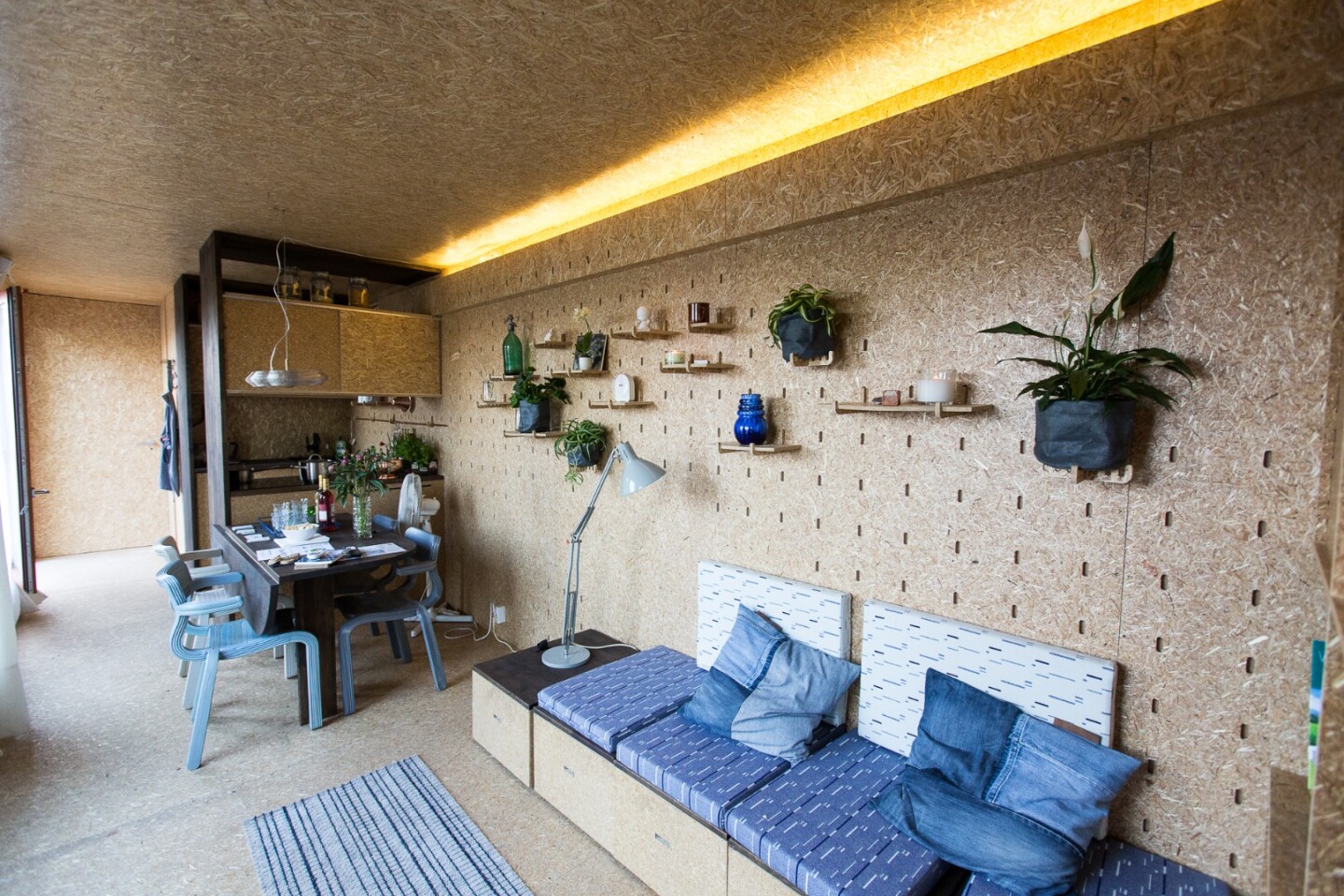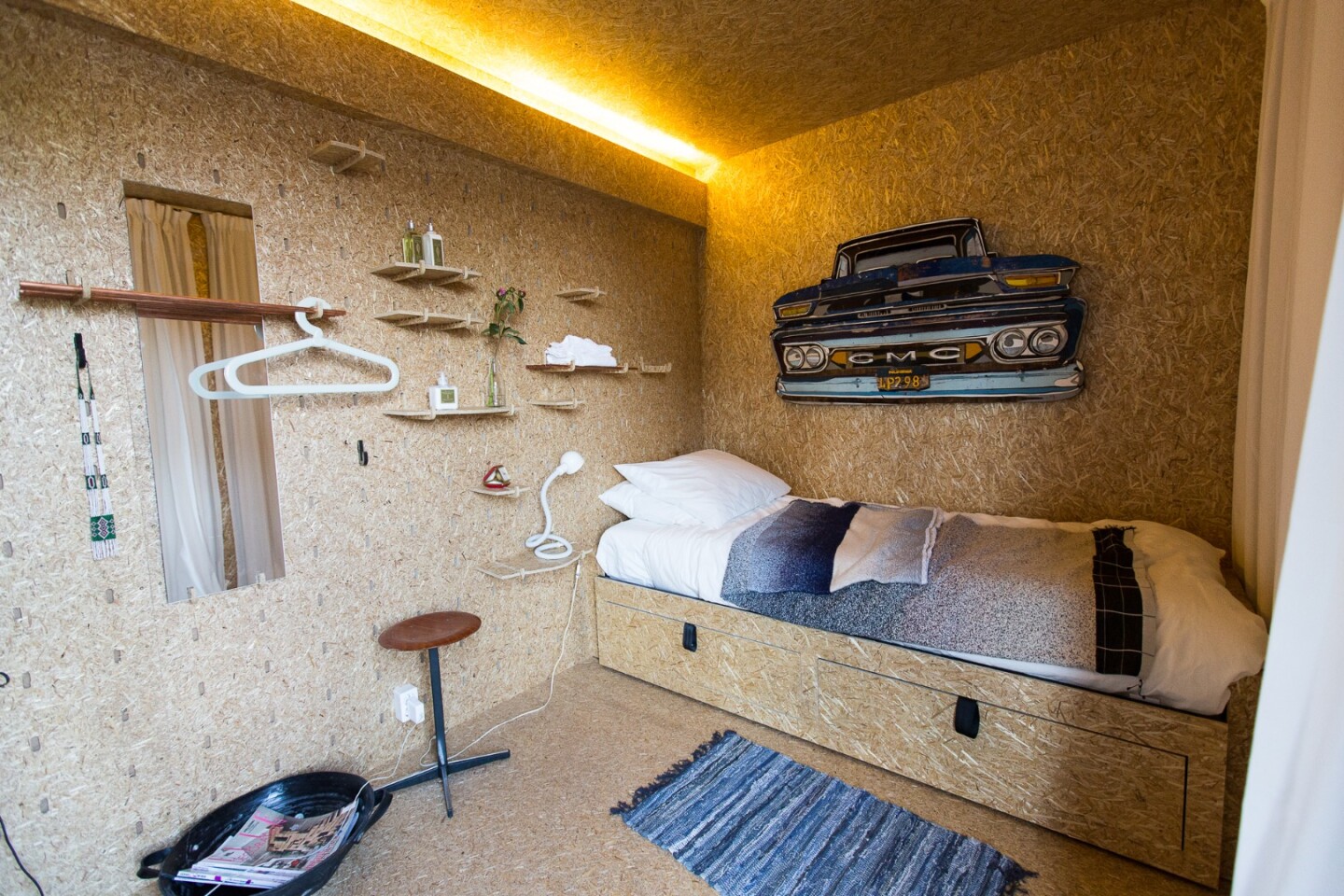Using old shipping containers is seen as an environmentally friendly means of constructing new homes. Taking this one step further, Sustainer Homes has begun making off-grid container dwellings that incorporate self-managed water, sewerage, electricity and gas.
Sustainer Homes argues that factors like rising rents and demand for housing is requiring younger generations to look for more affordable, sustainable and flexible living options. It says its converted shipping containers not only address these issues, but also enable independence from facilities, low-impact living and freedom of mobility.
The containers (or "sustainers") are designed primarily as homes, but could also be used for hotels, holiday housing or even emergency shelters. There are several sizes and designs available, with a 1 to 2 person 30-sq m (323 sq ft) version available for €75,000 (US$82,500). Larger, family-sized containers, offices and holiday models for different climates are in development.
Each container is to be supplied with household appliances and a fully completed interior made almost entirely out of ECOboard – a low-energy material made out of pressed grass. Sustainer Homes says it has given thought to the environmental credentials of all the materials and fittings used. The kitchen taps, for example, are lead-free, the chairs are made from old refrigerators and all paint is based on linseed oil.

In order to produce drinking water, rainwater is collected and is filtered to Dutch drinking water standards. Wastewater, meanwhile, is filtered through a helophyte filter before being returned to the ground so as to eliminate contaminants. Toilet waste is separated with solid waste heated to kill bacteria and then composted.
The containers use solar arrays and turbines to generate power. By using both of these methods, a level of energy security is afforded. The company estimates that the containers can produce around 5,000 kWh each year, which it says will comfortably cover their energy requirements. A 20 kWh battery system is also employed to ensure reliability of supply.
Heating is provided by way of a heat-pump, with sustainable insulation materials used to minimize heat loss. Sustainer Homes is also planning to integrate its system with the Toon smart thermostat and to develop an an app that will show battery level, solar array energy production levels, energy usage and the weather forecast.

The build of the First Sustainer Homes prototype began at the start of June and was completed this month. The company is now testing its design.
Source: Sustainer Homes











